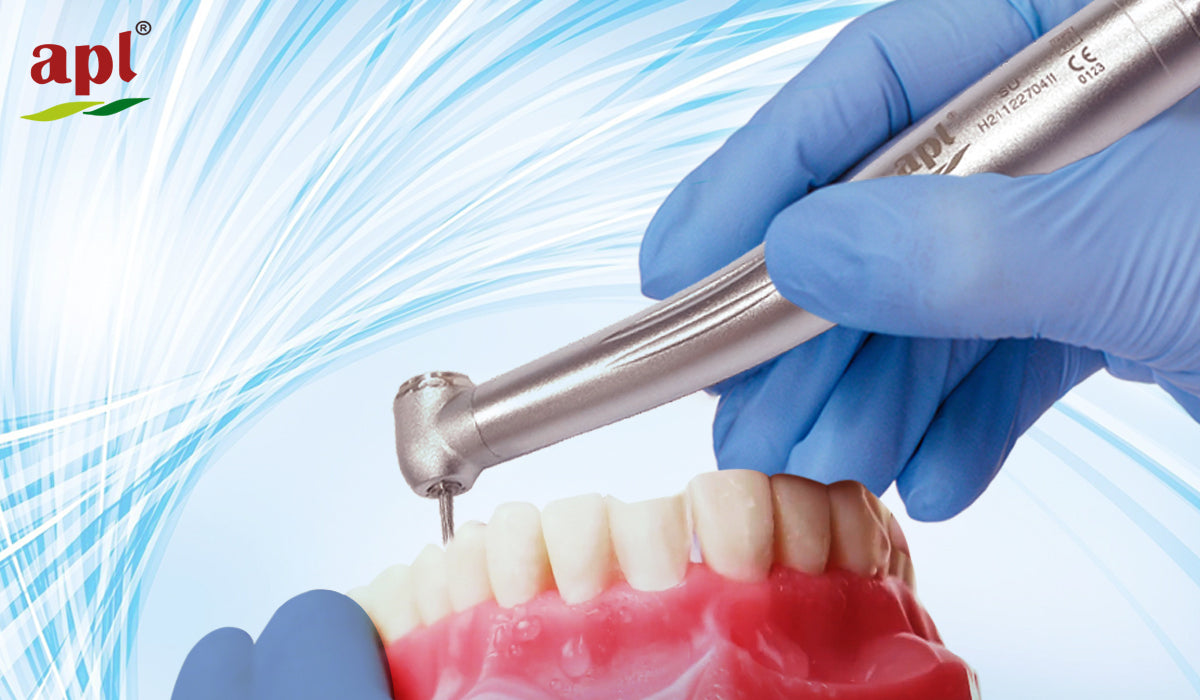
The Essential Guide to Choosing the Perfect Air-Rotor Handpiece
Introduction: When it comes to dental procedures, having the right tools is crucial for success. One such essential tool is the air-rotor handpiece. With a multitude of options available on the market, selecting the right air-rotor handpiece can seem like a daunting task. However, by understanding key factors and considering specific requirements, you can make an informed decision that will enhance your dental practice and improve patient experiences. In this blog post, we will provide a comprehensive guide to help you select the perfect air-rotor handpiece.
-
Understand the Different Types of Air-Rotor Handpieces: Before delving into the selection process, it's essential to familiarize yourself with the various types of air-rotor handpieces available. This includes high-speed, low-speed, and electric handpieces. Each type has its own set of advantages, limitations, and specific use cases. By understanding these distinctions, you can narrow down your options based on your unique requirements.
-
Assess Performance and Speed: The performance and speed of an air-rotor handpiece are critical factors to consider. High-speed handpieces are commonly used for cutting and drilling tasks, while low-speed handpieces are ideal for polishing and finishing procedures. Evaluate the RPM (rotations per minute) and torque specifications of different handpieces to ensure they align with your specific procedural needs.
-
Consider Ergonomics and Comfort: Comfort plays a significant role in dental procedures, both for the dentist and the patient. Look for air-rotor handpieces that offer ergonomic designs, lightweight construction, and excellent grip. Handpieces with reduced vibration and noise levels can greatly enhance the overall comfort during treatment, leading to increased precision and reduced fatigue.
-
Evaluate Durability and Maintenance: Investing in a durable and long-lasting air-rotor handpiece is essential for a cost-effective and efficient dental practice. Consider the construction materials, such as stainless steel or titanium, which offer durability and resistance to corrosion. Additionally, explore the maintenance requirements, including sterilization and lubrication processes, to ensure smooth operation and longevity of the handpiece.
-
Seek Compatibility and Versatility: Compatibility with existing dental units and accessories is a vital aspect to consider. Ensure that the air-rotor handpiece you choose is compatible with your current dental unit, handpiece couplings, and attachments. Moreover, opt for a handpiece that offers versatility in terms of interchangeable heads or burs, allowing you to perform a wide range of procedures without the need for multiple handpieces.
-
Budget and Cost Considerations: While quality and performance are crucial, it's important to factor in your budget constraints. Determine a reasonable budget range and explore air-rotor handpieces within that range that meet your requirements. Consider the long-term value of the handpiece, including its durability and maintenance costs, to make an informed financial decision.
Conclusion: The APL Handpiece Series represents a significant advancement in dental handpiece technology, offering a range of advanced features that greatly enhance reliability, durability, and functionality. This series is a worthy investment for those seeking to create an aerosol-free environment while ensuring optimal performance..
